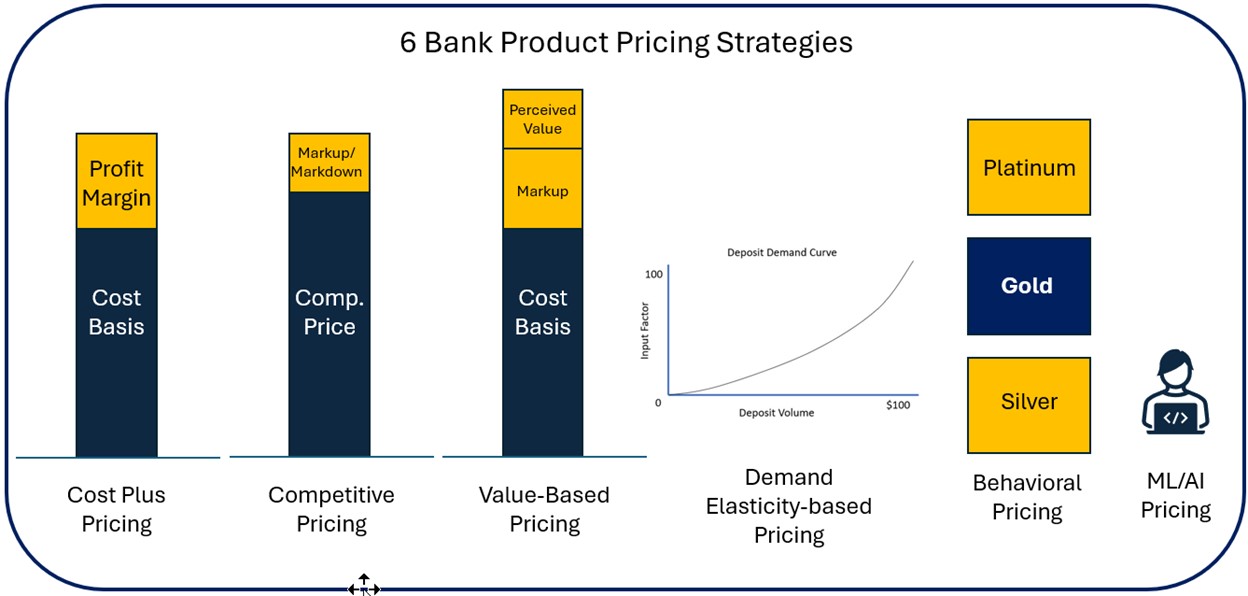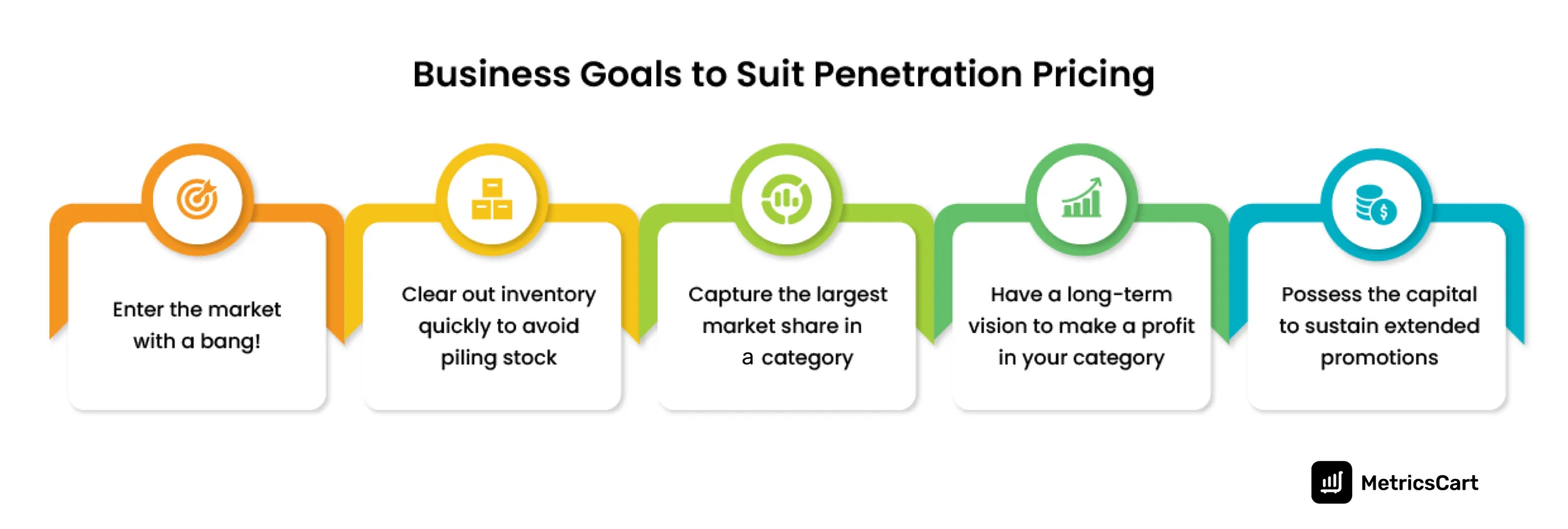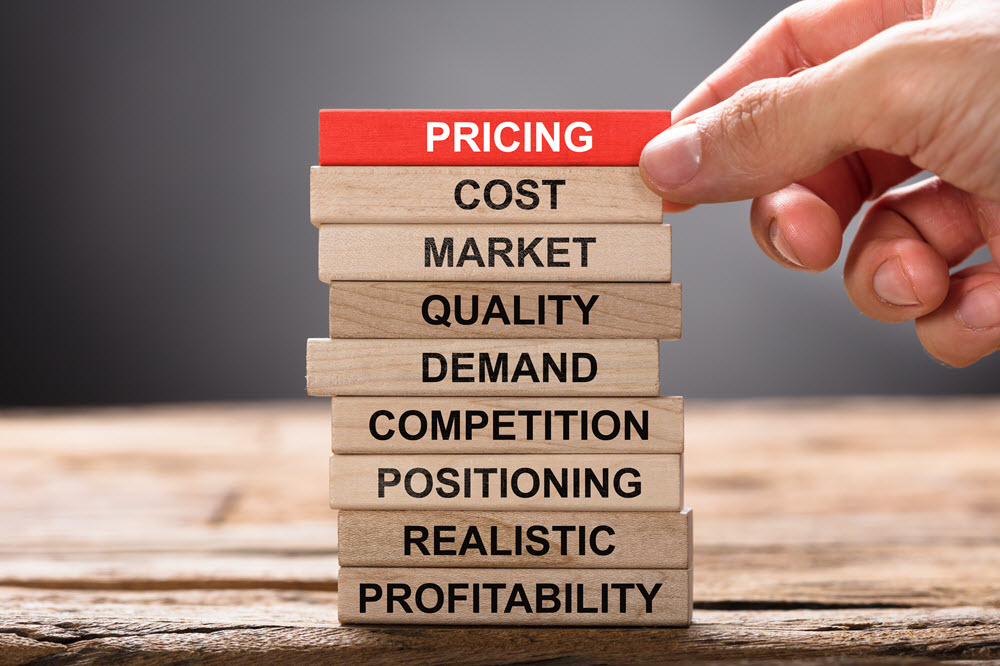How a Strong Pricing Strategy Can Boost Consumer Commitment and Retention
How a Strong Pricing Strategy Can Boost Consumer Commitment and Retention
Blog Article

Master Effective Pricing Methods to Take Full Advantage Of Revenue
In the ever-evolving landscape of business, understanding reliable rates methods is vital for companies aiming to make best use of earnings. A nuanced understanding of rates psychology can dramatically affect client actions and buying decisions.
Recognizing Pricing Psychology
Comprehending rates psychology is important for organizations aiming to maximize their pricing strategies. This area checks out how customers view rates and how these understandings affect their buying choices. Key ideas in prices psychology consist of the anchoring result, where the initial price provided offers as a recommendation point for customers, and the principle of rate level of sensitivity, which differs among different consumer sectors.
Furthermore, services can take advantage of the notion of viewed value, where the perceived benefits of a product and services can warrant a greater cost factor. As an example, premium rates can develop an aura of exclusivity, bring in customers who associate higher rates with exceptional high quality. On the other hand, mental prices, such as establishing a rate at $9.99 rather than $10, can considerably affect customer behavior by making costs show up more appealing.
Additionally, shortage and urgency can improve the regarded value of items, prompting quicker acquiring choices. Recognizing these psychological triggers enables businesses to develop rates strategies that not only drive sales but additionally foster consumer commitment. Thus, mastering pricing psychology is crucial for efficient rates strategy solution, leading to boosted profitability and market positioning.
Implementing Value-Based Rates

Next, sector your clients based on their determination to pay and the value they perceive. By doing so, you can customize offerings and rates approaches to straighten with various sections.
Constantly keep an eye on market conditions and client feedback to refine your prices technique over time. By applying value-based pricing, businesses can enhance earnings while promoting lasting client commitment.
Checking Out Dynamic Rates Designs
In today's rapidly altering market landscape, vibrant pricing designs have actually emerged as an effective method for companies looking for to maximize income and react to variations sought after. These versions permit business to adjust their costs in real-time based on various factors such as customer habits, market trends, and inventory degrees. By leveraging information analytics and formulas, businesses can recognize optimum rates factors that optimize sales while continuing to be competitive.
Dynamic prices can take different kinds, consisting of time-based rates, where prices fluctuate based upon time of day or season, and demand-based prices, which changes rates according to existing customer demand. This flexibility not just improves profitability however also boosts customer complete satisfaction by offering prices that show real-time market conditions.
Applying vibrant rates calls for a robust technical infrastructure and a deep understanding of client sectors. Transparent interaction about prices changes can assist minimize customer discontentment and foster count on, eventually leading to sustained earnings in a competitive market.
Analyzing Rival Rates
Keeping track of rival rates is crucial for services aiming to preserve an one-upmanship in their corresponding markets. By analyzing rivals' prices strategies, business can determine market trends, comprehend consumer preferences, and readjust their pricing accordingly. This analysis involves celebration information on rivals' rates, advertising strategies, and product offerings to notify prices decisions.
To efficiently examine competitor rates, services need to use different devices and strategies, such as price monitoring software program, marketing research records, and client comments. This information can expose how competitors position their product or services, enabling organizations to differentiate their offerings or take on comparable techniques to remain pertinent.
In addition, it is essential to categorize competitors into straight and indirect competitors. Direct competitors offer comparable product and services, while indirect competitors might fulfill the very same consumer requirement with different solutions. Understanding the subtleties between these groups will certainly enable businesses to address customize their prices methods better.
Eventually, continuous competitor pricing evaluation is important for making enlightened prices decisions. It permits services to stay nimble in response to market changes, guaranteeing they can take opportunities and alleviate threats related to pricing strategies.
Evaluating Rates Efficiency
Comprehending exactly how competitor rates affects market dynamics causes an all-natural emphasis on evaluating rates performance within one's own service. This evaluation is critical for recognizing areas of toughness and chances for improvement, inevitably boosting success.

Additionally, carrying out regular rates audits can disclose inconsistencies between anticipated and actual efficiency. This entails comparing rates data across various sections and networks to other understand variations and identify patterns. Incorporating customer comments can provide understandings right into regarded value versus actual rates, making certain alignment with market assumptions.
Last but not least, leveraging data analytics devices can promote deeper insights right into rates performance, making it possible for companies to make data-driven adjustments (Pricing Strategy). By continuously reviewing rates performance, companies can adjust to market adjustments and optimize their approaches, making certain sustained success in a competitive landscape
Conclusion
Effective prices methods are vital for making best use of earnings in an affordable market. By leveraging rates psychology, companies can improve regarded value and tailor prices to varied client sections. The fostering of value-based and vibrant prices models assists in real-time changes based on need and client readiness to pay. In addition, continuous evaluation of rival rates and efficiency metrics makes certain strategic agility. Inevitably, a detailed approach to prices not just drives productivity yet additionally fosters consumer fulfillment and commitment.
Comprehending prices psychology is important for services intending to maximize their rates strategies. Understanding these mental triggers enables services to develop prices strategies that see here not just drive sales but also foster client loyalty. Therefore, understanding prices psychology is necessary for effective prices method solution, leading to enhanced earnings and market positioning.
By examining rivals' pricing techniques, companies can determine market fads, recognize customer choices, and change their prices as necessary. By leveraging rates psychology, services can improve viewed worth and dressmaker rates to varied customer sectors.
Report this page